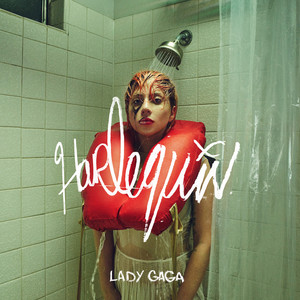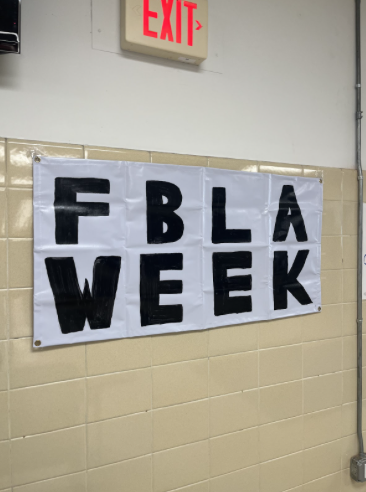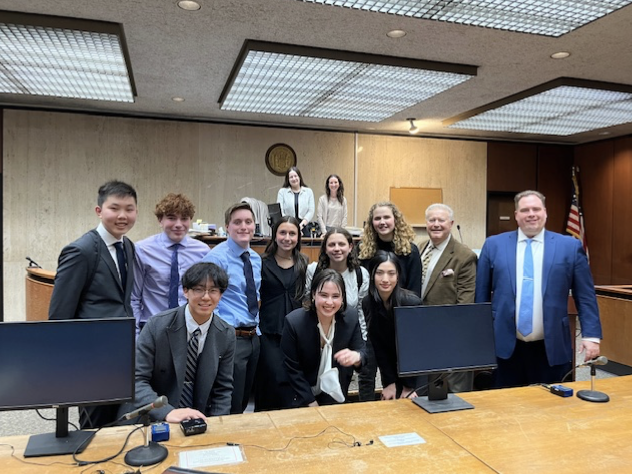Interpretations of Death
May 14, 2023
Last month we dove deep into two of AP Studio Art’s talented students. With only a few weeks left before the AP portfolios are due, students are trying their best to finish up any last projects and perfect their portfolios. This month we will be taking a look at Angie Ruiz’s portfolio about interpretations of death and varying gender roles through the usage of skeletons. When Angie talked to me about her sustained investigation she explained to me that, “As I started sketching with charcoal and oil pastels, I found myself gravitating towards drawing skulls or skeletons, finding them interesting to draw. I knew that I wanted to have my investigation include drawing them in different mediums, so I decided to connect the idea to my fear of death. Instead of thinking of death in a morbid way, I wanted to research different cultures’ celebrations of death and how people are able to think about it in different senses.” While Angie says she found this course to be challenging she admits that it was definitely worth taking it, and that she is proud of what she’s accomplished. Let’s take a look into what she’s done so far:
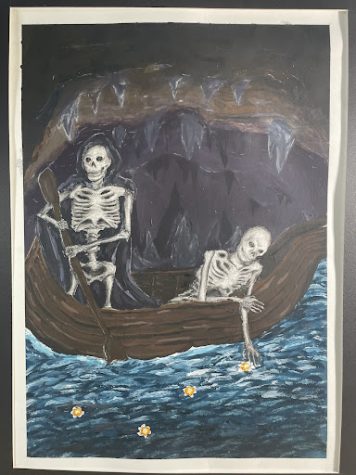
Title: The River Styx
Medium: Acrylic Guache on Paper
Significance: This interpretation of death is shown through Greek mythology, where Charon the ferryman (the skeleton painted in the cloak) carried dead souls across the river to Hades. The river presented in the piece is the River Styx. The river is decorated with several narcissus flowers floating in the water. The narcissus flowers are significant in this painting because they are the type of flower that Persephone collected when she was going to see Hades. These flowers were added into the painting because it foreshadows the Hades and Persephone Piece that is shown next in the portfolio.
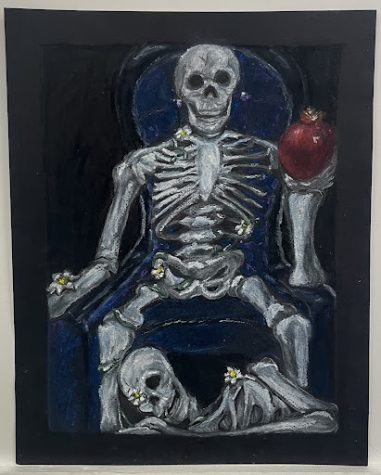
Title: Hades and Persephone
Medium: Oil Pastel and Pastels on Paper
Significance: Continuing on with the interpretations of death through Greek mythology, the piece shows Hades, the god of the underworld, as a skeleton on his throne. At his feet is Persephone, who is also depicted as a skeleton. Persephone, the goddess of spring, being below Hades hints at how he took her by force. Hades’ position above Persephone gives him power above her. As well, Persephone’s slumped position hints at the fact that Hades is in a higher power than she is. Connecting it to “The River Styx” painting, the narcissus flowers that Persephone followed can be seen all over both Hades and herself.
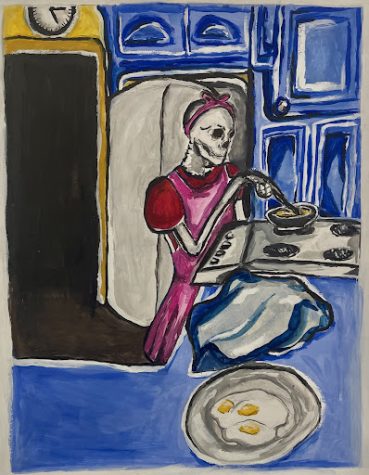
Title: “Making Breakfast”
Medium: Gouache paint on paper
Significance: The picture depicts a skeletal housewife cooking breakfast. Her action and outfit is meant to represent the idea of forced gender roles on women. The idea is that women are forced to waste their life above a stove instead of living it the way they want to. In the end, everyone dies. The things we do while we are alive no longer matter so we should be able to live it the way we wish to. The illustration was inspired by advertisements in the 1950’s, where women were shown cooking in brightly colored kitchens and typical dresses for a housewife.
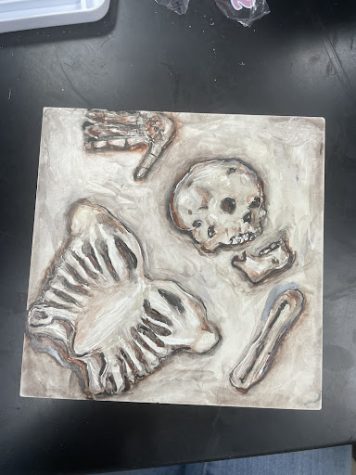
Title: Fossilization
Materials: Water color, gouache, and white gel pen on scratch board
Significance: With this piece, Angie explained that she wanted to take a step back from cultural and societal views on death and wanted to create a more literal interpretation of the dying and fossilization process. In order to create an old and fossilized look, she scratched away many parts of the skeleton and painted them with beige dirty tones.
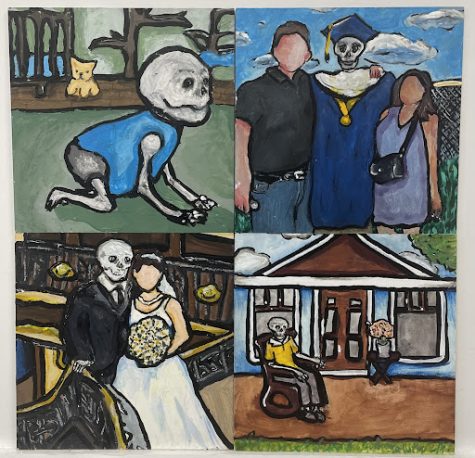
Title: “A Bucket List”
Materials: Acrylic gouache on gessoboard
Significance: These four separate pieces were painted in gouache in order to create a cohesive story. Each square depicts a stage of life from baby to elder. Angie elaborates that the paintings connect to the housewife piece (#3) which makes a statement about societal standards. She says that “In society, many people believe that we must go through certain stages of life before it’s over. Though this is not true, people force themselves into going through these stages of life in order to conform.”











